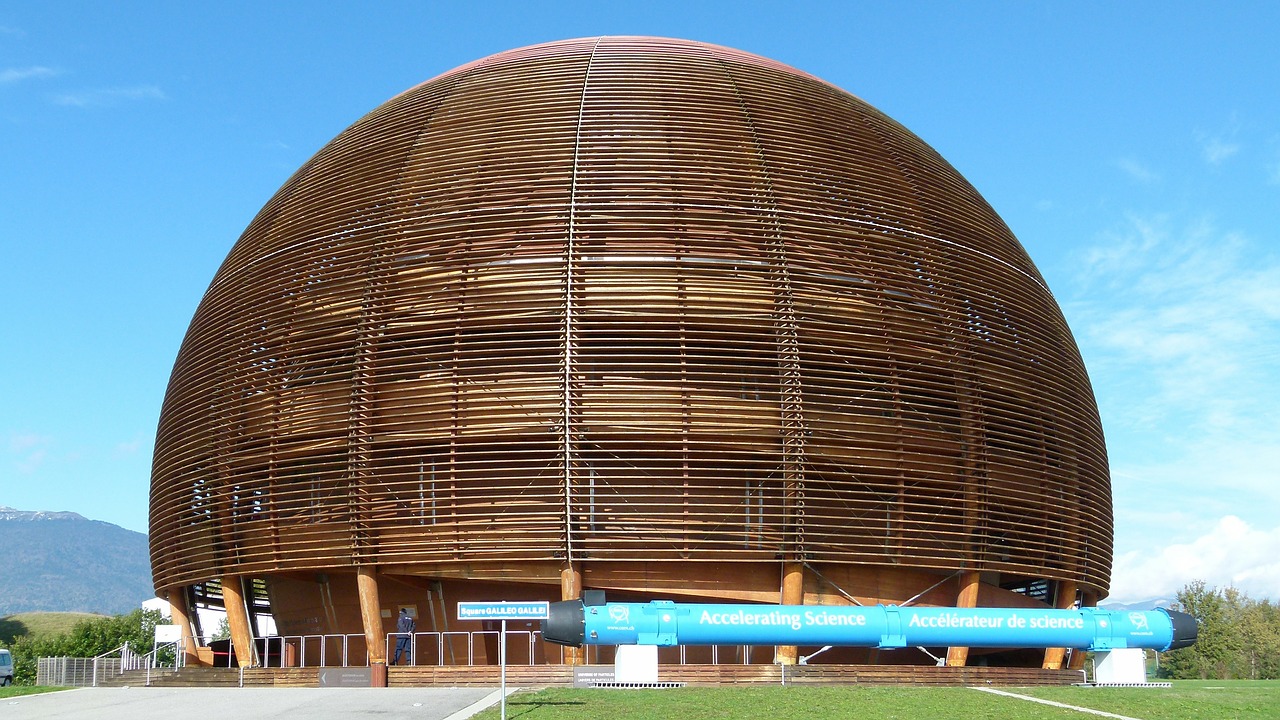
The discovery of the Higgs boson at the CERN Large Hadron Collider in 2012 has deep implications for our universe. The Higgs boson was the last missing piece of the standard model still missing. This discovery confirmed the validity of the standard model proposed by Glashow (1961), Salam and Weinberg (1967), long before most active particle physicists were born. While this model is extremely successful and has passed all experimental tests to date with flying colors, it also has some serious difficulties when considered in a cosmological setting.
Precise measurements of the parameters of the standard model imply that the vacuum in which the universe sits is not the absolute minimum and that there is a lower vacuum. Quantum mechanics teaches us that our universe should tunnel from the false vacuum to the true minimum with devastating consequences for the universe.
If this has happened our universe would be very different, and the laws of nature would not be those that we verify with experiments and observations on a daily basis. It does not seem possible for life to exist in the true vacuum of the standard model. The position of the Higgs boson in the vacuum landscape determines the properties of our universe. This tunneling could happen quite fast, how fast depends essentially on the value of a few parameters of the standard model such as the mass of the top quark.
Another issue directly linked to the Higgs boson in a cosmological setting is the following. It is widely believed that the very early universe underwent a phase of exponential expansion called inflation. While inflation solves several cosmological dilemmas, for example, it explains why the universe is so homogenous and flat, it creates a new problem for particle theorists: given our current knowledge of the parameters of the standard model of particle physics, it is very unlikely that the Higgs boson would end up in the false vacuum of the standard model if inflation took place at some high energy as usually assumed.
Indeed, during inflation, the Higgs boson is expected to take large field values and it would be free to settle anywhere in the vacuum landscape as the exponential expansion of the universe slows down. In all likelihood, it would have ended up in the real vacuum of the theory with again catastrophic consequences for our universe which would have been destroyed during the big bang. Clearly, this was not the case as we are here to discuss such questions.
In a recent paper published in Foundations of Physics, scientists have shown that the gravitational properties of the Higgs boson can modify the shape of the standard model vacuum, stabilizing it. These gravitational properties of the Higgs boson generate a direct coupling between the Higgs boson and the field responsible for inflation which takes the Higgs boson and thus our universe to the vacuum that corresponds to the world that we observe. The gravitational properties of the Higgs boson can thus have very deep consequences for the standard model solving some of its most profound mysteries.
These findings are described in the recently published article entitled Non-minimal Coupling of the Higgs Boson to Curvature in an Inflationary Universe, in the journal Foundations of Physics. This work was led by Xavier Calmet from the University of Sussex.









